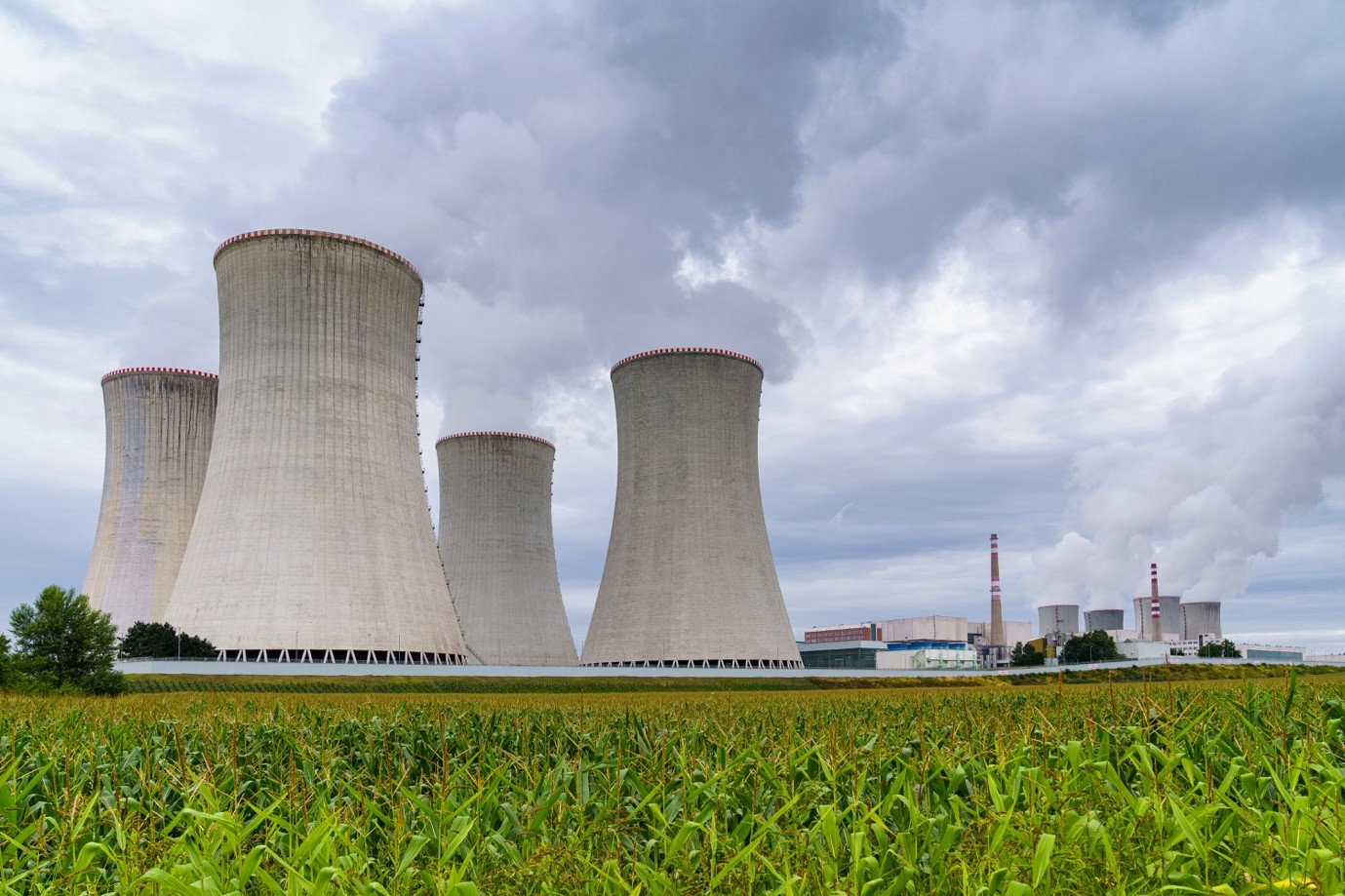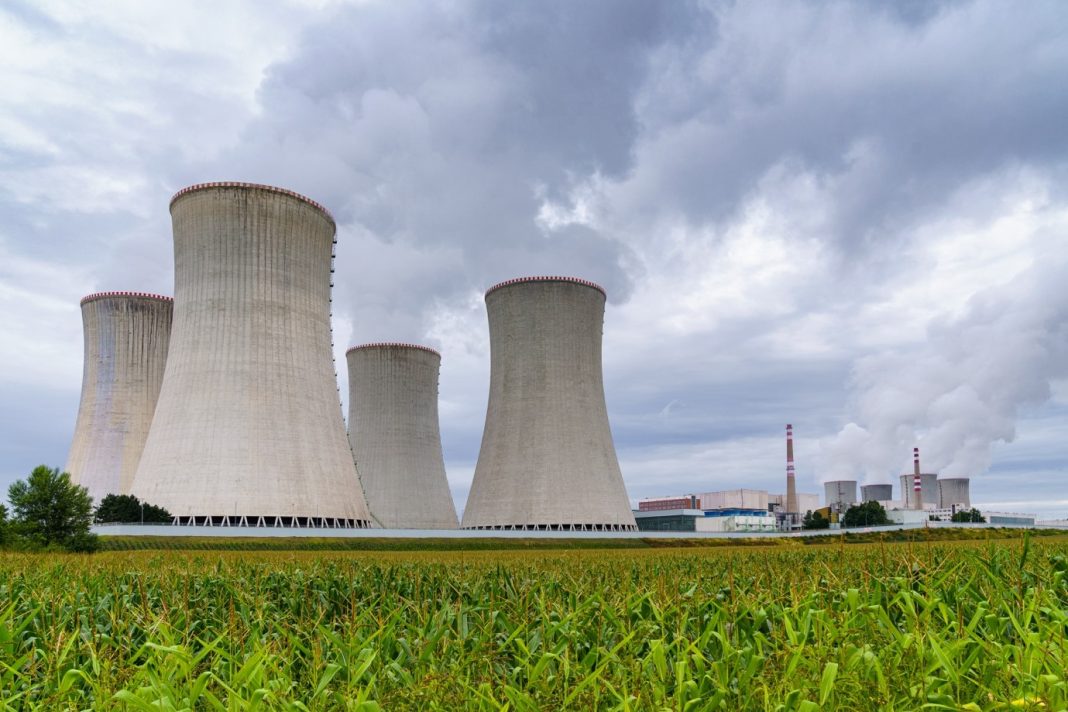
Italy Considers Lifting Ban on Nuclear Power, Prompting Debate in Australia
Italy is contemplating the possibility of lifting its ban on nuclear power production, a move that has sparked discussions about the role of nuclear energy in Australia. The ban on nuclear power was implemented in Italy following referendums in 1987, in response to the Chernobyl incident, and in 2011. However, by early 2025, Italian authorities are considering drafting new laws to allow the use of new nuclear power technology, effectively reversing the country’s current stance.
Italy’s Energy Minister, Gilberto Pichetto Fratin, announced that his team will conduct a comprehensive analysis of nuclear power and determine the necessary legislative framework. This decision has drawn attention from National Party Senator Matthew Canavan in Australia, who believes that his country should follow Italy’s lead. Senator Canavan, a strong advocate for nuclear power, argues that Italy’s move highlights the need for change in Australia’s energy sector.
In an interview with The Epoch Times, Senator Canavan emphasized the importance of diversifying Australia’s energy mix. He stated, “Italy’s decision to remove their nuclear ban demonstrates how out of step we are with the rest of the world. We cannot rely solely on weather-dependent generation, such as wind and solar, if we want to maintain a stable energy network. Nuclear power should be included as part of our future energy strategy to ensure our industry remains competitive and we have a consistent energy supply.”
Italy’s consideration of nuclear power is driven by a desire to expand its industrial potential. Nuclear energy is renowned for its reliability, making it an attractive option for countries seeking to secure their energy infrastructure. However, the topic remains contentious in Italy due to the historical referendums that led to the ban on nuclear-fired power plants.
In response to Italy’s developments, Australia’s Leader of the Opposition, Peter Dutton, has pledged to build seven nuclear power stations by 2050. Despite facing resistance from certain states and concerns from businesses about the potential delay in the energy transition, the Coalition continues to support Dutton’s plan. However, Prime Minister Anthony Albanese has criticized the proposal as “fantasy,” deeming it unrealistic in terms of timing and affordability.
To provide context on the global landscape of nuclear power, a July 2024 report from the World Nuclear Association reveals that there are currently 440 nuclear power reactors in operation across 32 countries, including Taiwan. These reactors have a combined capacity of approximately 390 GW and provided around 9 percent of the world’s electricity in 2023, totaling 2602 TWh. Furthermore, the report highlights that approximately 30 countries are considering, planning, or initiating nuclear power programs, with 16 countries currently constructing 60 power reactors.
The debate surrounding nuclear power in Italy and Australia underscores the ongoing discussions about the future of energy production. While some countries are exploring the feasibility of nuclear energy as a reliable and sustainable option, others remain skeptical, citing concerns about safety, cost, and the transition to renewable sources. As the world seeks to address climate change and reduce reliance on fossil fuels, finding a balance between different energy sources is crucial. The decision-making process should involve thorough analysis, considering factors such as environmental impact, technological advancements, and long-term energy security.


